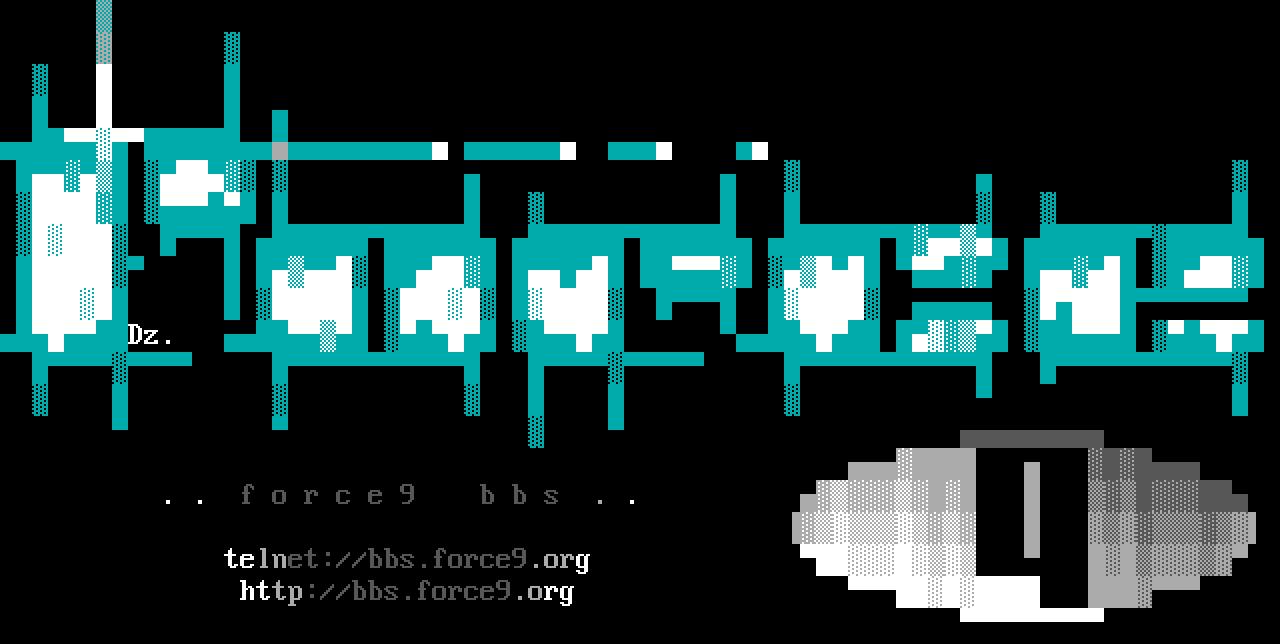Back at some point in the 90s (when I wasn’t old or responsible enough to pay for my own phonebill) I used to run a BBS. It lasted a year or two, but only through not being able to fund the running of it myself.
Fast forward 20-or-so years and the BBS scene is still alive, just somewhat less prevalent than it used to be. Many of the traditional echomail style networks still exist (including Fidonet) and have thousands of bulletin boards connected.
I recently bought one of the newest iterations of the Raspberry Pi, and like a true gadget geek had absolutely nothing to use it for. I discovered a piece of software called ENiGMA that builds nicely on ARM processors (which the RPi has). ENiGMA is open source, it’s nice to be able to contribute to the project unlike BBS software of yesteryear such as Wildcat and Remote Access.
So, I proceeded to build my own little piece of telecommunications nostalgia. Instead of it running on an Intel 386 25MHz with 4MB of RAM, it now runs on a Raspberry Pi 3, with 1GB of RAM and an 64GB memory card as its storage. Instead of running with a single node on a 56k dial-up modem, it now operates 10 nodes (hey, I’m optimistic!) over telnet.

Many people have absolutely no idea what a Bulletin Board System is. A BBS is probably best described as the way geeks used to talk online before the internet was mainstream.
If you’re keen to find out more, then log in and have a look around…ironically all you need is a web browser.